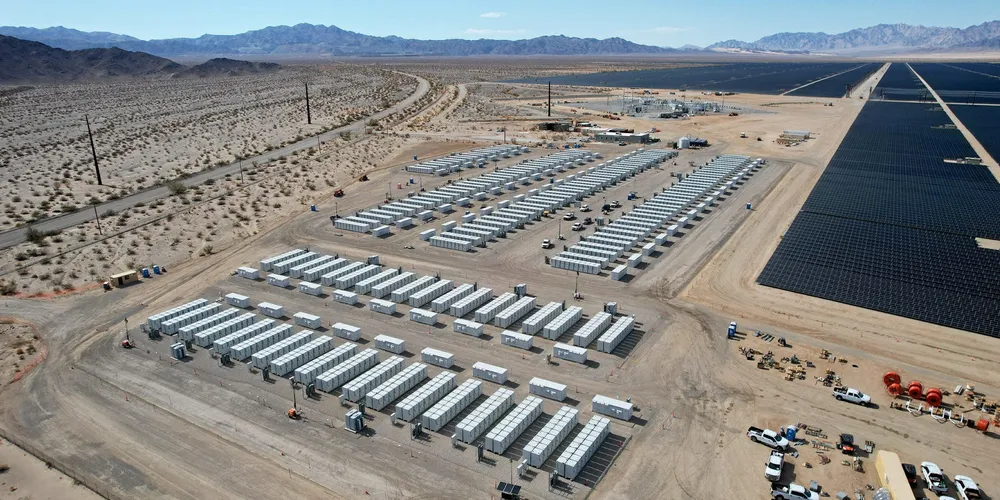US warned over battery crunch threat to green energy storage plans
With most new planned factory capacity dedicated to EVs, solar group says action needed over domestic utility-scale BESS system

With most new planned factory capacity dedicated to EVs, solar group says action needed over domestic utility-scale BESS system
